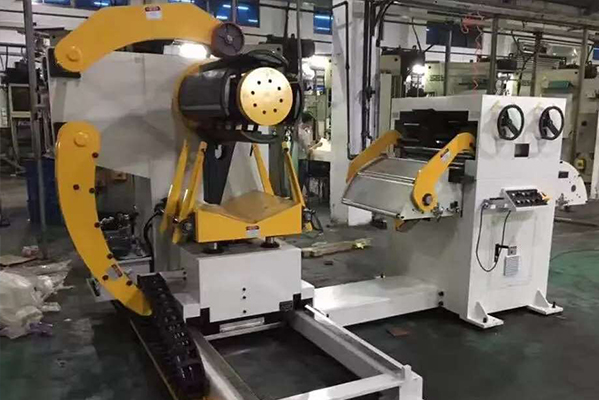Navigation Menu
Contact Us
- Email:
- info@wxavatar.com
- Address:
- Yurong Village, Yuqi Street, Huishan District, Wuxi, China.
Release Date:May 26, 2025 Visit:45 Source:Roll Forming Machine Factory
Hydraulic uncoilers play a vital role in modern manufacturing processes, particularly in metal forming and processing industries. These machines efficiently unwind and feed coiled materials into production lines, ensuring smooth operation and consistent material flow. When selecting the right hydraulic uncoiler for your production needs, several important factors require careful consideration to ensure optimal performance and long-term reliability.

Key Factors to Evaluate When Selecting a Hydraulic Uncoiler
1. Material Specifications and Requirements
The first consideration should be the specific characteristics of the materials you'll be processing:
Material type: Different metals (steel, aluminum, copper) may require different uncoiler configurations
Coil width and thickness: Ensure the uncoiler can accommodate your material dimensions
Maximum coil weight: Verify the machine's capacity matches your heaviest coils
Surface finish requirements: Some materials need special handling to prevent surface damage
2. Production Capacity and Speed
Assess your production demands to select an appropriately sized hydraulic uncoiler:
Line speed requirements: The uncoiler must match your production line's maximum speed
Continuous operation needs: Consider duty cycle requirements for uninterrupted production
Future expansion plans: Allow for potential increases in production capacity
3. Machine Construction and Durability
The build quality of the hydraulic uncoiler significantly impacts its performance and lifespan:
Frame construction: Look for robust, vibration-resistant designs
Material quality: High-grade components withstand heavy use better
Protective features: Consider guards and coatings that reduce wear
4. Hydraulic System Performance
The hydraulic components are critical to the uncoiler's operation:
System pressure and flow rate: Must be adequate for your material handling needs
Component quality: Reputable brands often offer better reliability
Maintenance requirements: Easy-access components simplify upkeep
5. Control System and Automation Features
Modern hydraulic uncoilers offer various control options:
Manual vs. automatic operation: Determine which suits your workflow
Integration capabilities: Ensure compatibility with your existing systems
User interface: Intuitive controls reduce operator training time
6. Safety Features and Compliance
Worker safety should always be a priority:
Emergency stop systems: Multiple accessible points are preferable
Material restraint systems: Prevent accidental uncoiling
Compliance standards: Verify adherence to industry safety regulations
7. Space Considerations and Layout
The physical dimensions and configuration matter for installation:
Footprint: Measure available space in your facility
Material flow path: Ensure proper alignment with downstream equipment
Access requirements: Allow space for maintenance and coil loading
8. Vendor Reputation and Support
The supplier's reliability affects your long-term satisfaction:
Industry experience: Look for proven expertise in hydraulic uncoilers
Service network: Availability of technical support when needed
Spare parts availability: Reduces potential downtime

Conclusion
Selecting the right hydraulic uncoiler requires careful evaluation of your specific production requirements, material characteristics, and operational conditions. By thoroughly considering these factors—from technical specifications to vendor support—you can choose a hydraulic uncoiler that delivers reliable performance, integrates seamlessly with your production line, and meets your quality standards. Proper selection helps ensure efficient operation, minimizes downtime, and contributes to consistent product quality throughout your manufacturing process.